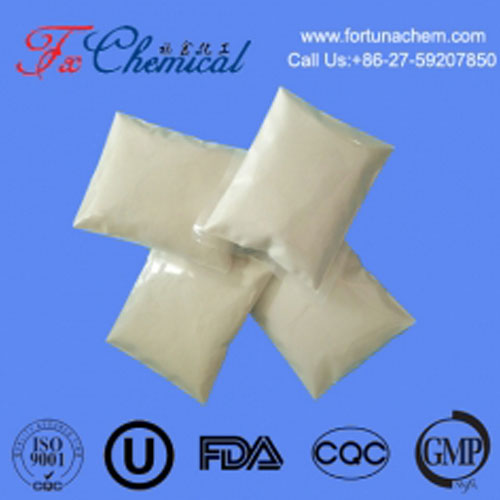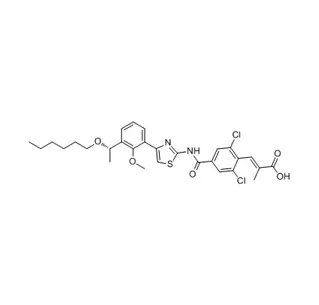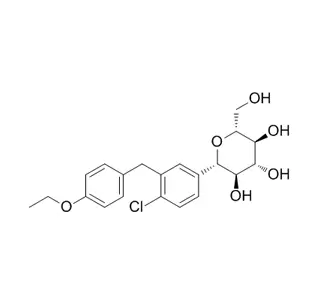
Search

Search

-2-methylpropionic_acid主图.jpg)
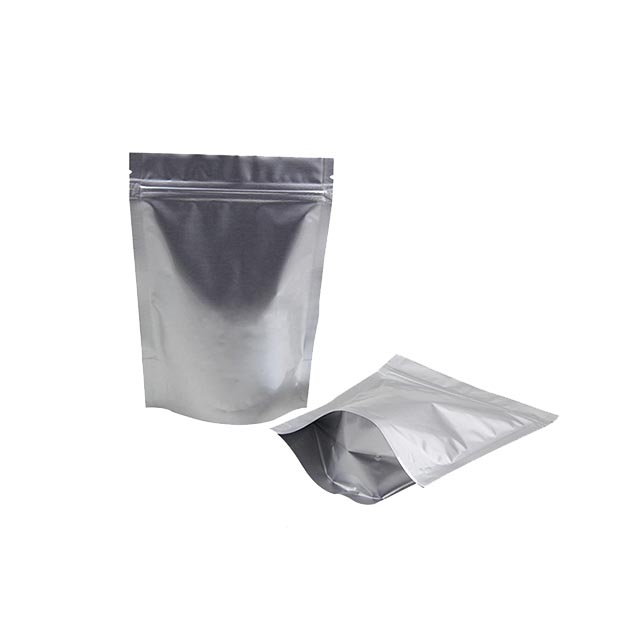
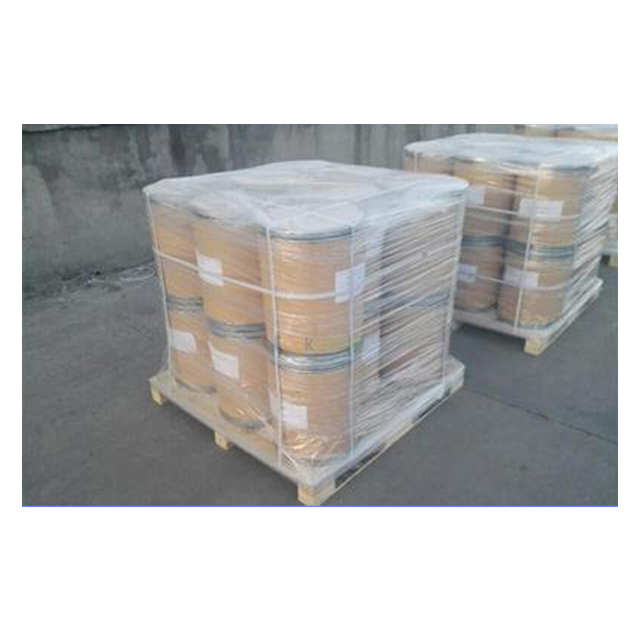

-2-methylpropionic_acid主图.jpg)



2-(4-Chlorophenoxy)-2-methylpropionic Acid (C₁₀H₁₁ClO₃) is a chlorinated organic compound featuring a propionic acid backbone with a 4-chlorophenoxy group and a methyl group attached to the α-carbon. A white crystalline solid, it is sparingly water-soluble but dissolves in organic solvents. Primarily used as an intermediate in agrochemical synthesis, its structure resembles phenoxy herbicides (e.g., MCPA), suggesting potential herbicidal or plant-growth-regulating activity. It is synthesized via Williamson ether reaction between 4-chlorophenol and 2-bromo-2-methylpropionic acid. Handle with care—it may irritate skin/eyes. Environmental release risks exist due to its chlorinated aromatic moiety. Specific applications require further research validation.
2-(4-Chlorophenoxy)-2-methylpropionic Acid
Chemical Structure: A propionic acid derivative with a 4-chlorophenoxy group and methyl group attached to the α-carbon (second carbon of the carboxylic acid chain).
Key Properties:
Formula: C₁₀H₁₁ClO₃ | Molecular Weight: 214.65 g/mol
CAS No.: 882-09-7
Physical State: Likely a crystalline solid (exact melting point varies by purity).
Solubility: Limited in water; more soluble in organic solvents (e.g., ethanol, acetone).
Applications:
Agrochemicals: Structurally similar to phenoxy herbicides (e.g., MCPA or 2,4-D), suggesting potential use as a plant growth regulator or herbicide.
Organic Synthesis: Intermediate for pharmaceuticals or fine chemicals due to its reactive carboxylic acid and aromatic groups.
Synthesis: Typically via Williamson ether synthesis, reacting 4-chlorophenol with 2-bromo-2-methylpropionic acid under basic conditions.
Safety:
Hazards: Irritant (skin/eyes); handle with gloves/goggles.
Environmental Impact: Potential ecotoxicity if released (chlorinated aromatic structure).
Regulatory Status: Not widely regulated but subject to agrochemical guidelines if used commercially.
Note: Specific applications require verification via scientific literature or regulatory databases.
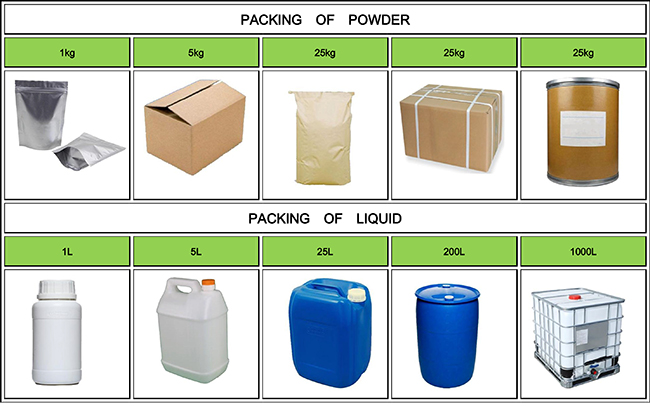
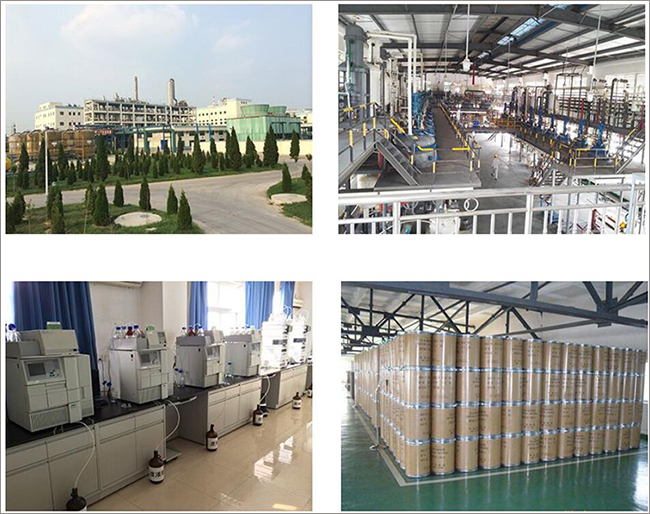


Fortunachem Provides Not Only Professional Chemical Products But Also Professional Help
Keeping you up-to-date with all the latest information, news, and events about Fortunachem!

Quick Links
Add:
E-mail:
 English
English  Español
Español  français
français  العربية
العربية 